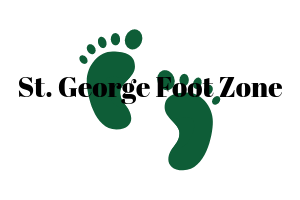Brad Noall of We Do Feet explains the Science behind Foot Zoning and how foot zoning works.
There are countless benefits to foot zoning including:
Overall feeling of health and wellness
Improved immune system
Increase in energy level
Decrease in stress level
Invites relaxation
Increased fertility
Provides relief from chronic pain and illness
Relief from colds and flu
Helps with anxiety, depression, and ADHD
And many more!
History of Foot Zoning
Foot zoning has been around for thousands of years; it dates back to as far as 2500 B.C. It was originally practiced in eastern Asia, Egypt, India, and China. Cherokee Indians also practiced a form of foot zoning in Northern America. It made its way to other cultures and countries over the years as its results brought others to see its benefits.
The rediscovering of foot zoning began in the early 1900’s. Doctor William H. Fitzgerald had a theory that the body was divided into ten zones running the length of the body from the head to the feet. He found that these zones ended in the hand and feet.
In the 1930’s, Dr. Eunice Ingham was able to map these zones on the hands and the feet. She is credited for developing Reflexology.
In 1975 a Norwegian, Dr. Charles Ersdal, was able to combine the studies of Dr. Ingham and Fitzgerald and developed the modality combining zone therapy and reflexology. One of Ersdal’s students, Katri Noreblon brought the practice to Montana in 1989. Dr. Ersdal would come over and teach in Montana as well until his death 1995. Foot zoning continues to flourish in the United States today.
